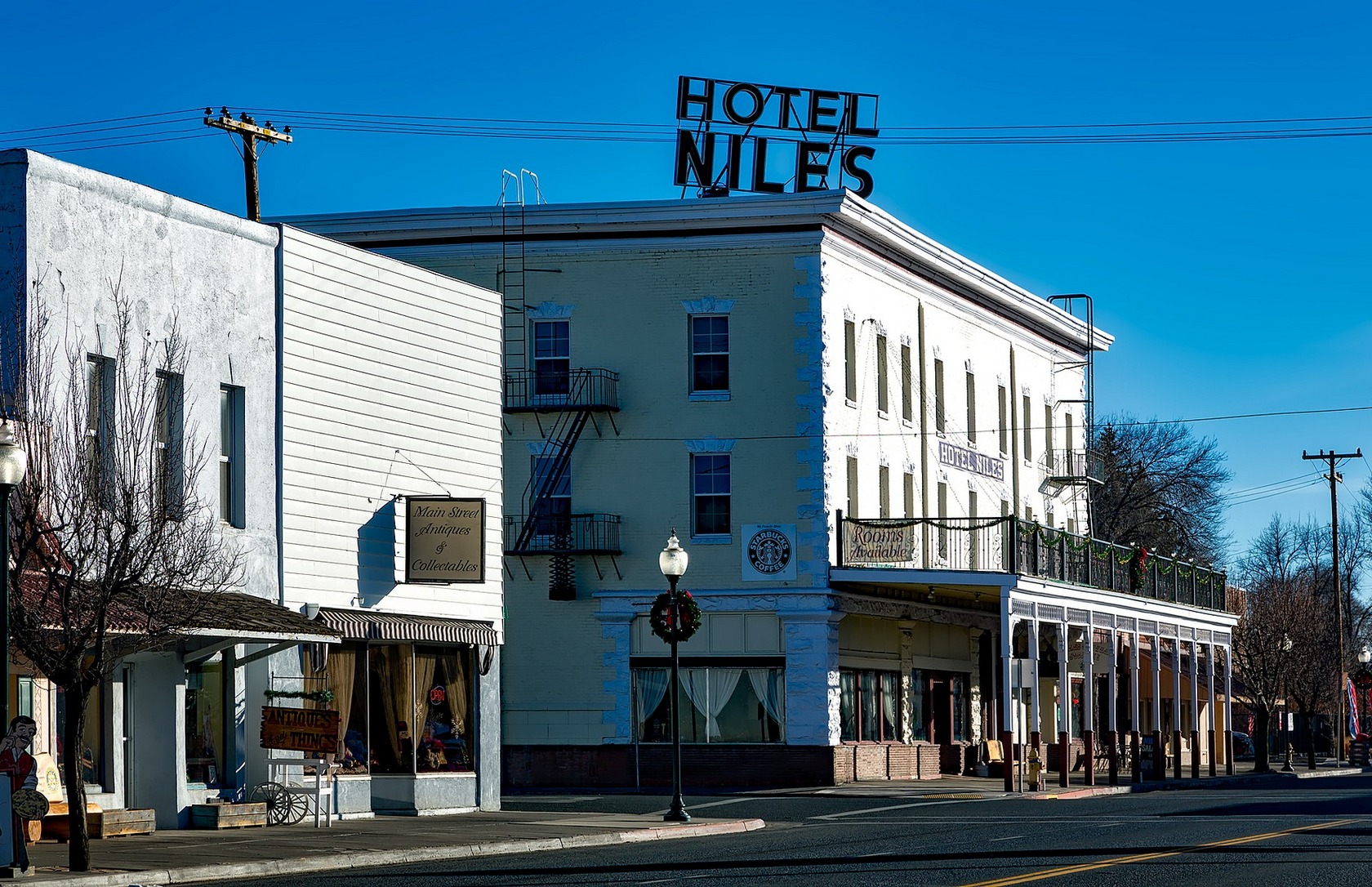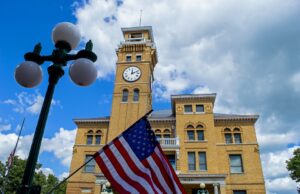Universities are economic anchors in many cities in Europe and the United States. On the one hand, thanks to them, small businesses – cafes, restaurants, entertainment and cultural venues – develop. That, in turn, creates more jobs. On the other hand, universities partnering with companies integrate students and graduates into the global economy within the region, so there is no need to leave. The cities in which a major university is located become or are initially built as university cities, where life is rather high quality, safe and strong community.
The U.S. experience demonstrates that there is a fundamental difference between university cities and other types of cities. Geography professor Blake Gumprecht, in his study of American university cities, cites data that demonstrates that:
- university cities are ideal for young people;
- they are well educated;
- family incomes are high and unemployment is low;
- Residents prefer to rent housing;
- University cities are unconventional: they are home to progressive people who care about the environment and create cooperatives;
- They are cosmopolitan because most people come from different regions and represent different cultures.
What examples of university cities do we know of?
There are two established traditions in the creation of such cities, the European and the American. In Europe, they have been built around existing cities and blended in with their surroundings, whereas in the U.S., because of the vast uninhabited territories, they have been built around universities. These days, they are established communities with a rich history.
The University of California, Irvine (UCI or UC Irvine; USA) campus is an interesting case study. It combines a high level of education of absolutely different orientation – 12 schools ranging from biological sciences to business – with a well-developed infrastructure for living in the city. It is located between Los Angeles and San Diego, which means that it is not isolated from other cities and remains in touch with them. Irvine has a high standard of medical care thanks to the University Medical Center, which offers research and medical care down to the most basic services. The city has a recreation center where residents can engage in fitness and cybersports, cooking, boating, etc. About 500 large companies have offices in Irvine. A great example of what a university city should be like – when an educational organization turns life around and shares resources with the city.
Another example is Delft University of Technology (TU Delft; the Netherlands). It is considered one of the best universities in the world in the field of technology and engineering. The campus of the university is larger than the city itself, and every day it is visited by 27,000 people, including students, teachers, employees of the campus and companies whose offices are located there. The road network makes it easy to get around on bikes and public transportation. Just like Irvine, Delft offers a comfortable living environment.
Often in the creation of university cities there is a problem of inefficient use of urban space. This complicates the relationship between the university corporation and the urban population. This problem even has a name “town-gown relations” and several dimensions, the most important of which are the design of the city’s physical space and the economic partnership between the urban population and the university. A striking example of creating a harmonious relationship in terms of geography is Kent State University (Kent State University, Ohio, USA). The original design of the city implied a physical separation of the university and urban communities, which led to a population exodus – during the day the city resembled a desert. Redevelopment began in 2009, based on the creation of many alleys, pedestrian zones, and parks connecting parts of the city. This approach corrected the isolation and connected the campus to the city.
In the area of business collaboration, I’ll give you the example of the LaUNCH Incubator business gas pedal. Its goal is to grow high-impact startups and companies in the community of Chapel Hill, where the University of North Carolina at Chapel Hill, USA, is located. The mentorship, office space, training opportunities, technical resources and networking are what participants in the gas pedal program receive. The project is co-funded by Orange County, the city of Chapel Hill and the University.

